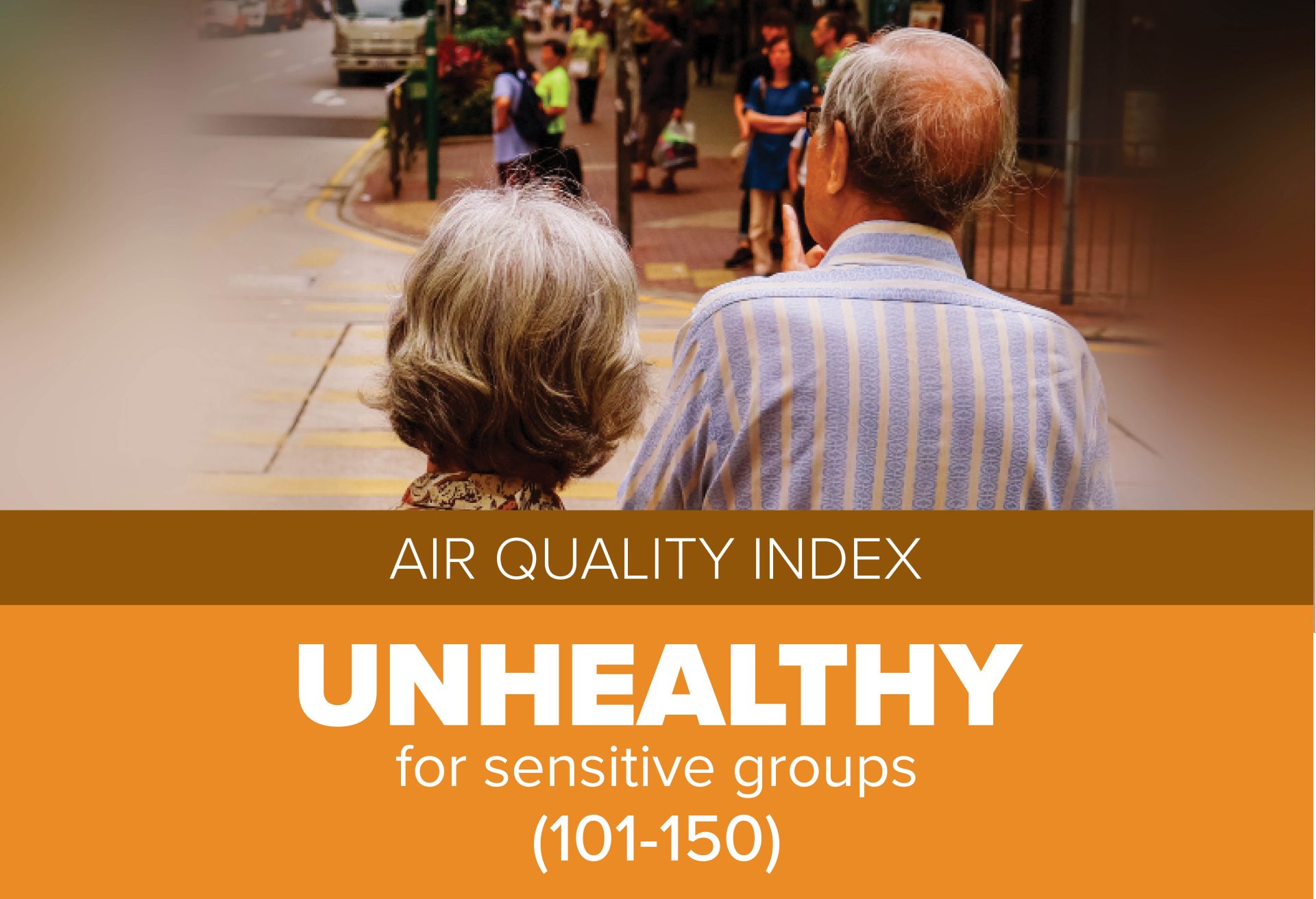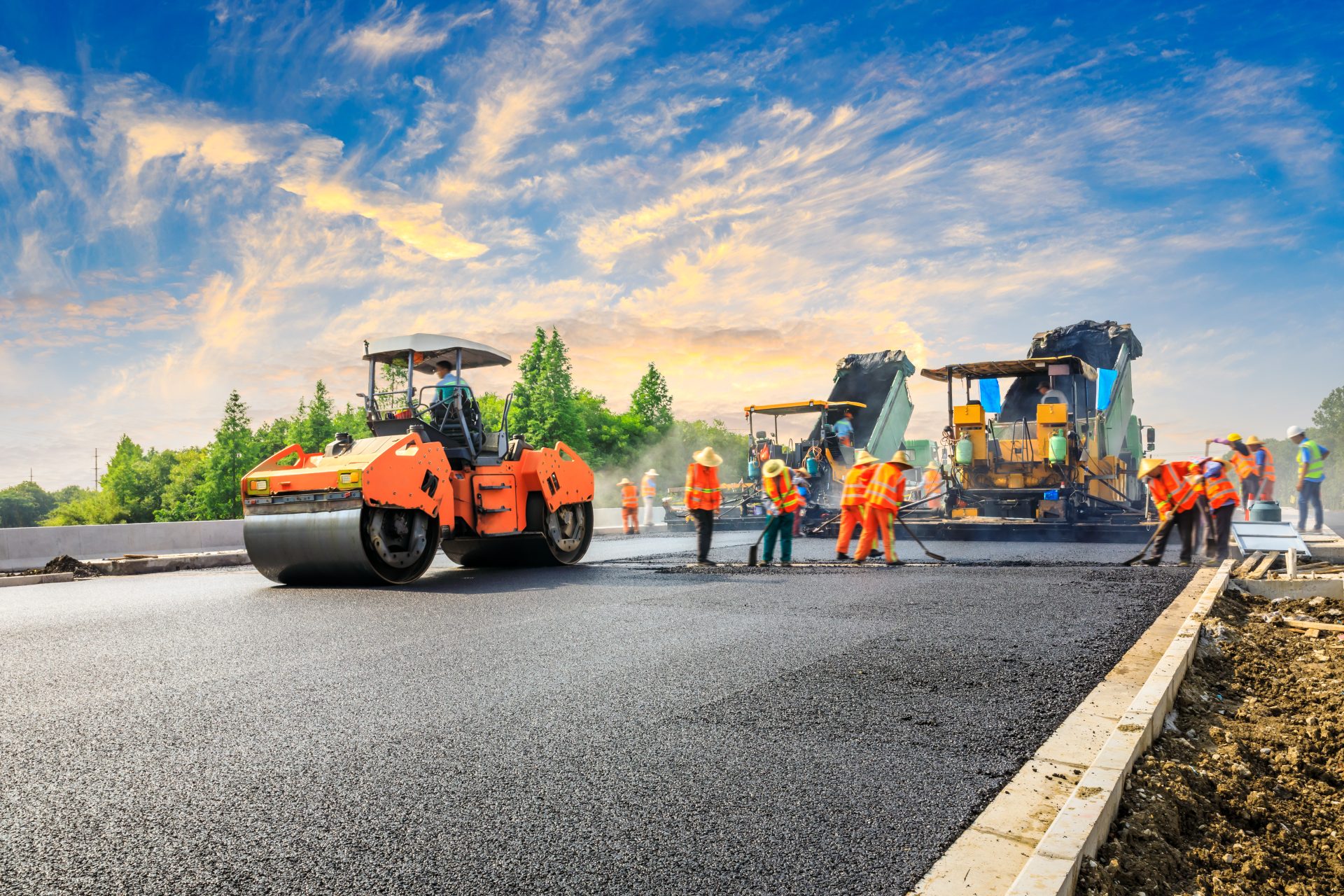 By LAUREN CARDONI
By LAUREN CARDONI
Published in This Week Community News
As transportation planners, we tend to use a lot of terminology to describe our work, which often creates more confusion than clarity.
One of those terms is “complete streets.”
A “complete street” is a roadway that provides safe accommodation for anyone traveling along or across it. This includes people driving in cars, as well as people walking, bicycling, scootering and using public transportation.
Not every complete street will look the same. The intent of complete streets is that each roadway design responds to its specific context and community needs. Complete streets also provide numerous community benefits related to quality of life, traffic safety, public health, community aesthetics and more.
In 2010, the Mid-Ohio Regional Planning Commission adopted its Complete Streets Policy – one of the first regional policies in the country. This policy has been a driving force behind much of the change we have seen in the region toward designing safer streets. Any roadway project receiving federal transportation dollars through MORPC is required to comply with the Complete Streets Policy.
Traffic safety is a primary reason why many communities have been redesigning their roadways as complete streets.
Over the past 10 years, our region has seen a significant increase in the number of traffic-related deaths. Last year was the highest on record, with more than 140 fatalities reported. Preliminary data shows 2021 is on pace to set another record, with the highest number of fatalities reported year-to-date.
The rise in traffic-related deaths has brought increased attention to the seriousness of traffic offenses. From speeding and reckless driving to driving under the influence, these violations not only put the driver at risk but also endanger the lives of others on the road.
Law enforcement agencies are stepping up efforts to curb this alarming trend by imposing stricter penalties and conducting more frequent traffic stops. However, even minor traffic offenses can have lasting consequences, including fines, points on your license, and even jail time in more severe cases.
For those facing traffic-related charges, seeking legal representation is crucial to ensure your rights are protected. Firms like Daoud Legal, their website specialize in defending individuals charged with traffic offenses, from speeding tickets to more serious violations such as vehicular manslaughter.
With their expertise, they can help navigate the complexities of the legal system, negotiate reduced penalties, or even fight to have charges dismissed, depending on the circumstances. Whether the offense is minor or significant, having a skilled attorney by your side can make all the difference in minimizing the impact on your life.
The increasing severity of traffic-related incidents underscores the importance of addressing driving offenses with the seriousness they deserve. Beyond the immediate dangers posed by behaviors like drink driving, drug driving, or reckless driving, these violations carry long-term consequences that can significantly affect one’s life.
The consequences of driving under the influence (DUI) can be far-reaching, affecting not only the individual charged but also their families, careers, and future prospects. In addition to potential jail time, fines, and license suspensions, a DUI conviction can impact personal relationships and even professional opportunities.
When facing such serious charges, it is essential to have an experienced legal team by your side. Law Firm Ocala provides dedicated DUI defense services, focusing on protecting the rights of those accused of impaired driving. With their expertise, clients can better navigate the legal complexities of DUI charges, potentially minimizing the long-term consequences and ensuring that every aspect of their case is handled with the utmost care and diligence.
Convictions for offenses such as driving with a suspended license or causing death or bodily harm can lead to steep fines, license disqualifications, or even imprisonment. The repercussions of these charges often extend beyond the courtroom, affecting employment, insurance, and personal reputations, making it essential to approach these matters with care and legal expertise.
In these situations, engaging experienced traffic lawyers perth is a crucial step to protect your rights and work toward the best possible outcome. Skilled in handling a wide range of traffic-related cases, including drink and drug driving, dangerous driving, and serious charges like causing bodily harm or death, these professionals are well-versed in navigating the legal system.
They can analyze the specific circumstances of your case, negotiate for reduced penalties, and build a strong defense to challenge the charges where applicable. With the right representation, individuals can ensure they are treated fairly under the law while taking steps to minimize the impact of their convictions on their future.
People walking and bicycling represent a disproportionate number of traffic fatalities in our region, accounting for more than 20% each year. Many of these fatalities occurred on four-lane arterial roads with posted speed limits of 35 or 45 mph. Research has shown that speed is a critical factor in crashes involving people walking and bicycling, with the risk of fatality reaching 50% at speeds greater than 30 mph – double the risk of only 25% at 25 mph.
Although it might not be possible to prevent all crashes, local agencies can design roadways in a manner that helps to reduce the severity of crashes. Complete-street design elements like sidewalks, bike lanes and well-marked crosswalks can help keep people walking and bicycling safe and can contribute to safer conditions for drivers.
We also have the ability as humans operating large vehicles to be more mindful of other people using the roadways with us. As someone who enjoys walking and bicycling on occasion but also gets around by car, I strive to do my part to drive in a manner that keeps everyone around me safe. I implore you all to do the same.
To learn more about MORPC’s Complete Streets Policy, go to morpc.org.
Lauren Cardoni is a senior planner for the Mid-Ohio Regional Planning Commission. MORPC’s purpose is to bring communities of all sizes and interests together to collaborate on best practices and plan for the future of the region.





